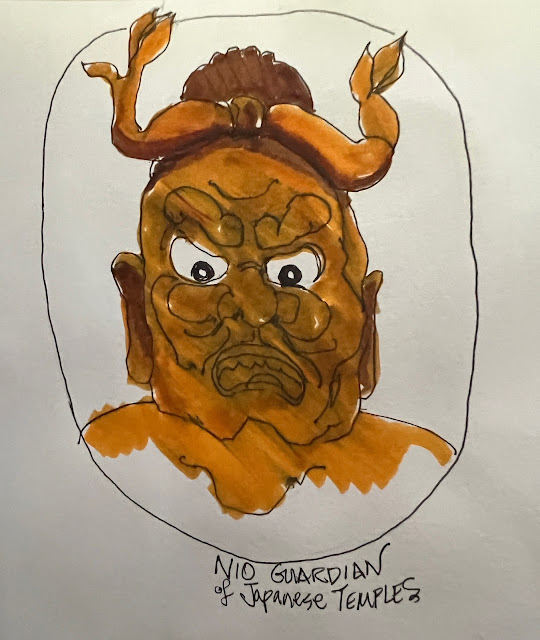 |
| Fawn by Bill Slavin |
Each year in the Fall, I receive an email suggesting that I participate in the annual Cornell bird count. I am always puzzled by the request, not because I'm not interested, but because I don't know how I could count the birds near me. How do I know I am not counting the same one over and over? We have a bird feeder that attracts a menagerie of birds including tiny goldfinches that swarm the feeder in the early Spring, juncos who nest in our bird houses, large ring-necked doves who make us laugh as they try to all sit at the feeder, and blue jays with their raucous cries. There are crows overhead and the occasional hawk. How do I count these without duplication?
We have a fountain in our backyard that attracts birds but is also populated by goldfish. Originally, we placed thirty tiny fish in the large bowl of the fountain. I try to count them as they rise to feed on the fish food we scatter over the surface. Because they are feeding, they don't move much. I can section off the water in my mind to include 4 to 5 fish in one small area and then move on to the next. I have counted as many as 27, but now my most recent count is down to 17. Most of the fish are identical, bright orange, and have grown to be about eight inches long. I spot one lone orange and white easily, as well as two smaller ones. I have to be quick in my count because within seconds the fish are done feeding and swim back down close to the bottom of the pool.
I have participated in bee counting after hearing that bee populations are in decline. Since they are smaller and hover in place they are easier than counting fish or birds. The instructions asked me to observe a particular plant for a certain amount of time and record the number and kinds of pollinators that use the plant. In the Spring we get a good collection even without counting the seemingly hundreds that buzz at the tops of the Japanese maples in our yard. Driving inland towards the California farmlands, I was heartened by a line of flowering trees filled with bees. Thousands of bees.
 |
| Two by Bill Slavin |
Viewing such numbers of other species, I understand what a small part I play in the natural world and how much we humans have damaged the habitats of other living things. A couple of years ago thousands of migratory birds died in New Mexico. A freak phenomenon. Scientists suggested that an early cold front, drought, smoke from Western fires, lack of insects, and too early migration caused the deaths. This year at least two gray whales have washed up on Bay Area shores near San Francisco. Their deaths have been attributed to starvation or boat collisions from looking for food in busy shipping lanes. Just one more sign that climate change is wreaking havoc on all of us, big and small.
A friend studies elephants depicted in artwork through the ages. I was shocked when she wrote that one breed of elephants became extinct as early in human history as the reign of Alexander the Great (356 to 323 BCE) whose army rode elephants in his wars across the European-Asian continents. We know of their existence because they are represented in artwork of that time. How many animals and plants have disappeared without our noticing?
That is my good reason to sit in our backyard beside a flowering plant and count bees. One small thing.
.jpeg)
.jpeg)

.jpeg)

.jpeg)

.jpeg)




.jpeg)
